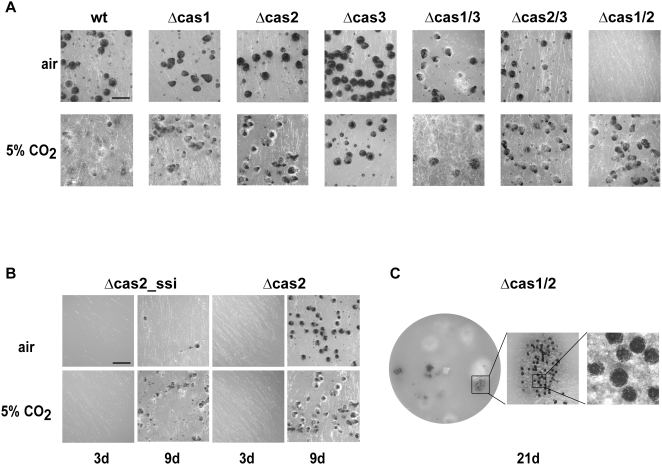Figure 7. Fruiting-body developmental of wild type, single and double knock-out strains.
(A) Strains were grown on BMM medium for 7 days under natural environmental conditions (low CO2) or at high CO2 concentrations (5%). No morphological changes were observed in single and double Δcas1/3 and Δcas2/3 knock-out strains, respectively. Mature perithecia of Δcas1/2 strain in ambient air were not detectable after 7 days. Elevated CO2 concentrations complemented this phenotype. Scale bar indicates 500 µm (B) CO2/HCO3 − accumulates in the fungal cell. Growth defect of Δcas2 is severely increased when mycelium is grown from germinated single spores (Δcas2_ssi: single spore isolate). BMM plate supplied with 0.5% sodium acetate was either inoculated with Δcas2 mutant strain or with an isolated single ascospore of Δcas2. Plates were incubated with or without CO2 for three days and images were taken from young mycelia. After prolonged incubation, Δcas2_ssi develops less fruiting-bodies under ambient air than a consecutively transferred mutant strain after nine days of growth. The defect is complemented at 5% CO2. Scale bar indicates 1 mm (C) Double knock-out mutant strain Δcas1/2 produced only few perithecia after 21 days of growth. Fruiting-bodies exhibit a wild-type phenotype, but are accumulated at several places on the plate. No mature ascospores were discharged from perithecia developed from Δcas1/2 strain.

